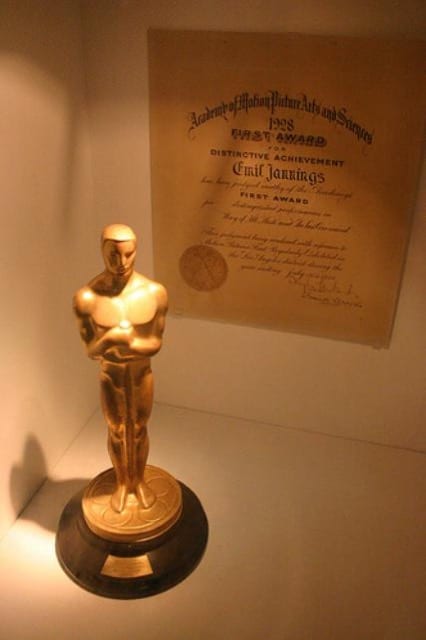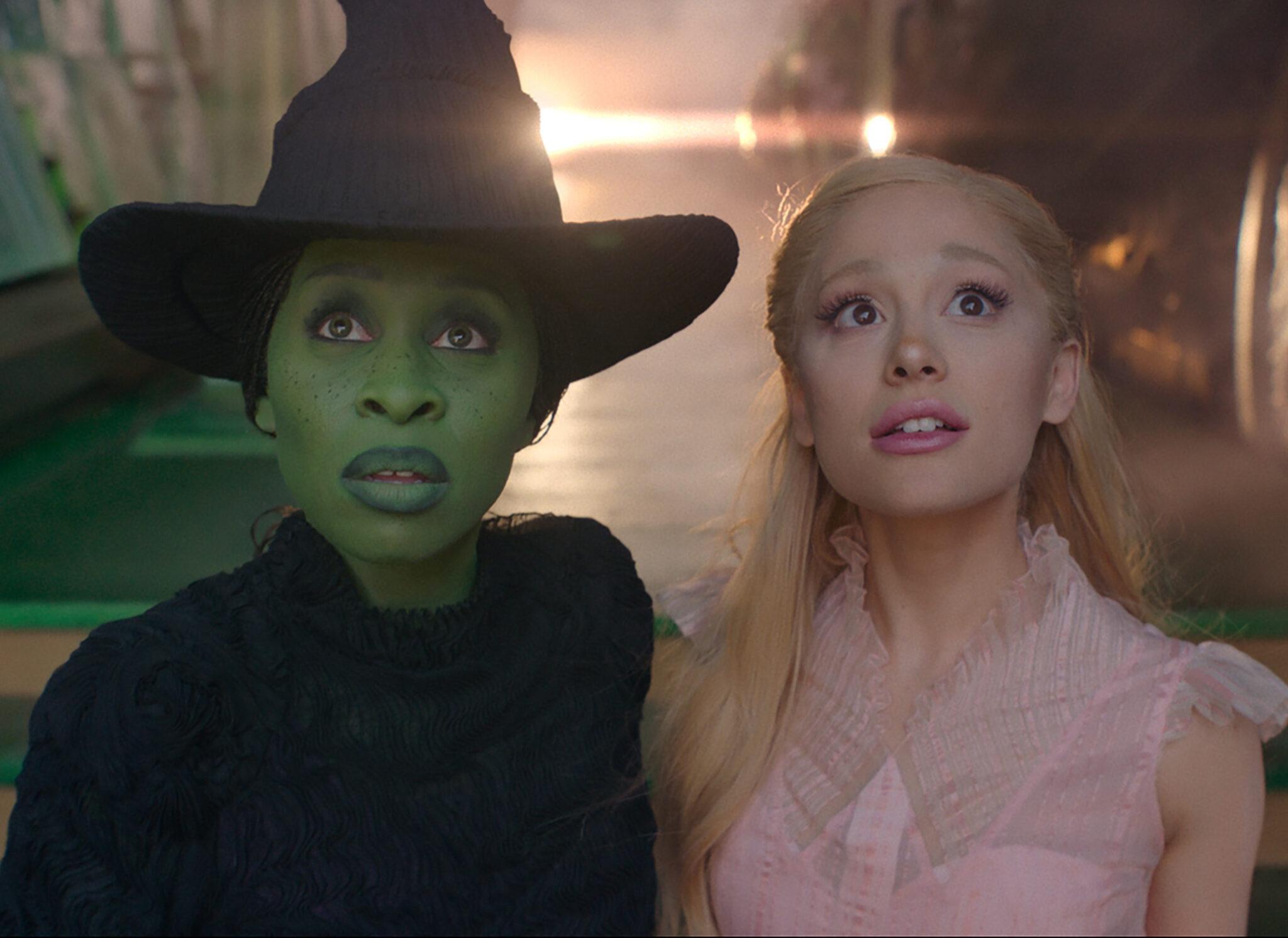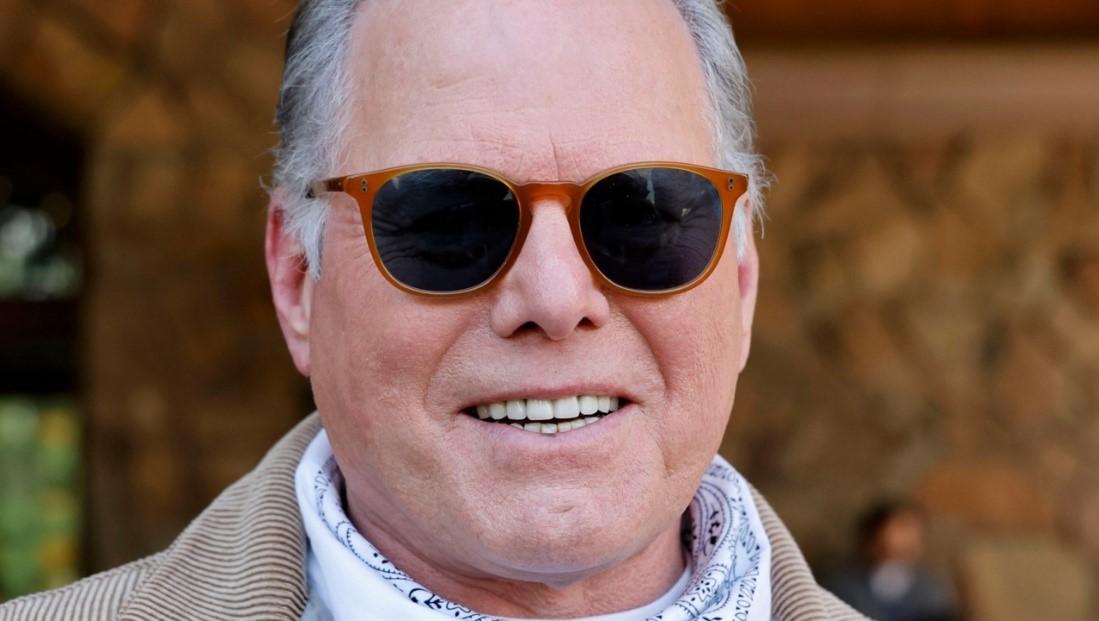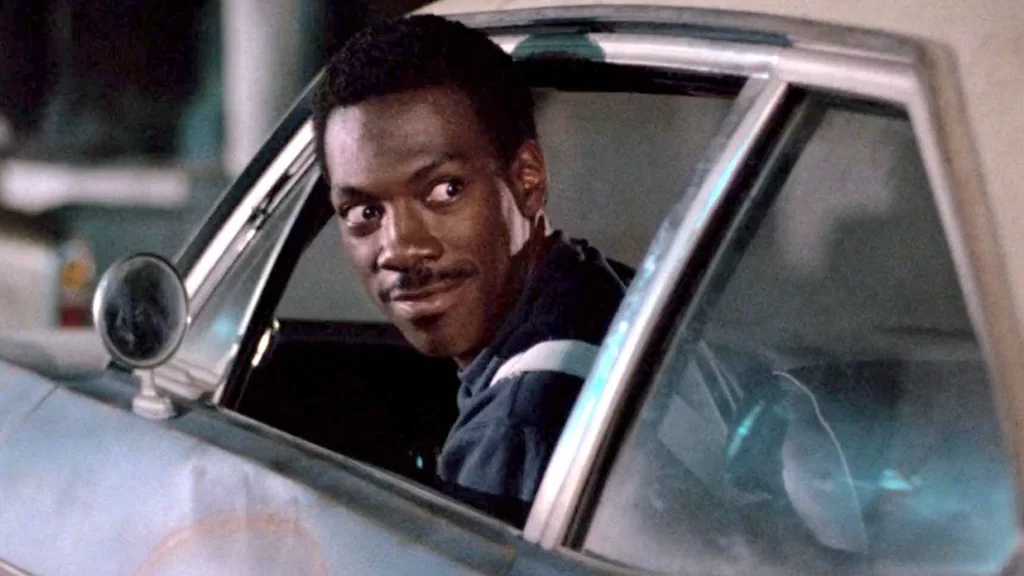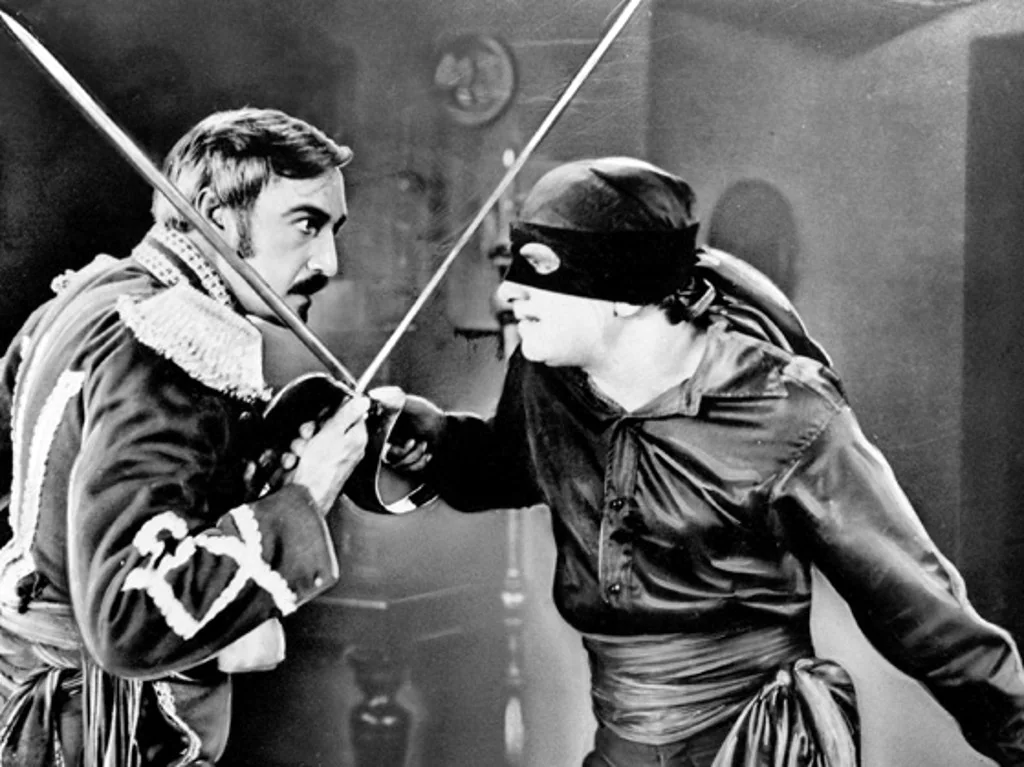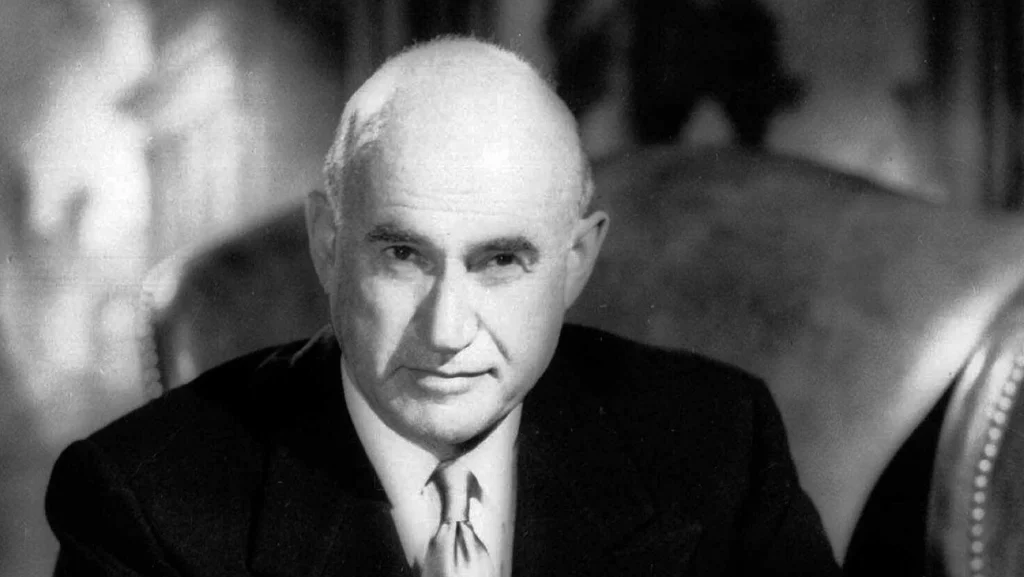When the first Academy Awards were held May 16, 1929, in the Blossom Room of Hollywood’s Roosevelt Hotel, there was no red carpet, no broadcast, no crowds, and no suspense — because the winners had been announced Feb. 18! There was, however, a celebrity host. Douglas Fairbanks, the first Academy of Motion Picture Arts & Sciences president and an action superstar with hits like Robin Hood and The Thief of Bagdad, handed out the evening’s awards. They weren’t Oscars yet. That nickname didn’t happen until 1939 when legend has it Academy executive director Margaret Herrick said the gold statuette looked like her Uncle Oscar.
What was then called Outstanding Picture went to Paramount’s silent aerial action film Wings. The Academy had ruled that only silent films were eligible because the new wildly popular “talkies” were thought to have an unfair advantage. That kept Warner Bros.’ musical drama The Jazz Singer, starring Al Jolson, out of the race – but the Academy gave it a Special Award.
Best actress went to Janet Gaynor for “7th Heaven”, “Street Angel” and “Sunrise.” Charlie Chaplin was nominated for Best Comedy Director, Actor & Writer for The Circus, but his unpopularity in Hollywood reportedly led to him being un-nominated and given a Special Award instead. Emil Jannings, who wasn’t present, won Actor for “The Last Command” and “The Way of All Flesh.”
If a 15-minute ceremony for just 250 people and no sealed envelopes sounds underwhelming, it’s worth noting that when MGM mogul Louis B. Mayer came up with the idea for the Academy in 1927 it wasn’t to bestow awards. What Mayer needed was a way to keep Hollywood talent from unionizing and demanding more money from the studios. In 1927, Actors Equity Association was trying hard to organize Hollywood’s disunited acting community. Mayer realized that by forming an entity that could also be an industry mediator – which he and his colleagues could control behind the scenes — there would be less need for unions.
A meeting on Jan. 11, 1927, at the Ambassador Hotel brought together representatives of Hollywood’s five creative groups (actors, directors, writers, producers, and technicians) and empowered Mayer to develop what became the Academy. Mayer’s idea worked for a time, but when the Depression deepened in 1932, the Academy made the mistake of endorsing 50% pay cuts for all studio workers. The ensuing crisis led quickly to the rise of the Screen Actors and Screen Writers guilds.


